13 Intriguing Engineering Milestones to Look for in 2023
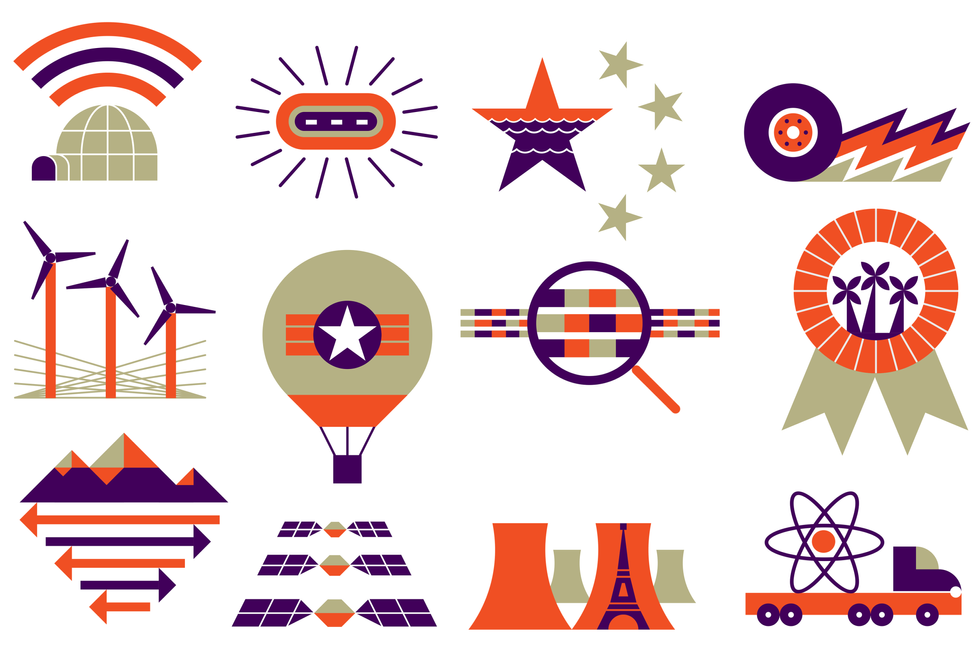

The initial segment of what will be the first underwater fiber-optic link to skirt the North Pole, connecting Japan and Europe, will light up in early 2023. This stretch, called Iris, will link Iceland to Ireland. In subsequent years, the Far North Fiber project will lay down a cable through the Northwest Passage, connecting Iceland to Greenland, then Canada, Alaska, and finally Japan. Far North Fiber will help increase the geographic diversity of the world's fiber-optic network; currently, submarine cables are laid along a few well-trodden routes, leaving the network vulnerable to local hazards, like ship anchors, earthquakes, or fiber-eating sea monsters.
Balloons vs. Hypersonic Missiles

In a bid for the most MacGyver-worthy defense strategy, the Pentagon has planned a sevenfold increase in spending on hot-air balloons in 2023. These high-flying, low-tech aircraft are already in use for surveillance, hovering at 18,000 to 27,000 meters to track drug runners. The hope is, these floating leviathans will collaborate with satellites to detect hypersonic missiles, like those being developed by Russia and China. As a bonus, the tech onboard the balloons runs on solar power.
AI Regulations Are Coming

Regulation is set to ramp up on artificial intelligence uses online, as the European Parliament and Council's Digital Services Act went into effect at the end of 2022. The bill requires the largest platforms to implement anti-disinformation measures and protect against discriminatory targeted advertising. Perhaps most important, it requires transparency in the algorithms used to provide product and content recommendations. This is likely a precursor to the EU's larger AI Act, which is currently grinding through the legislative gears.
Revenge of the Geosynchronous Satellites!
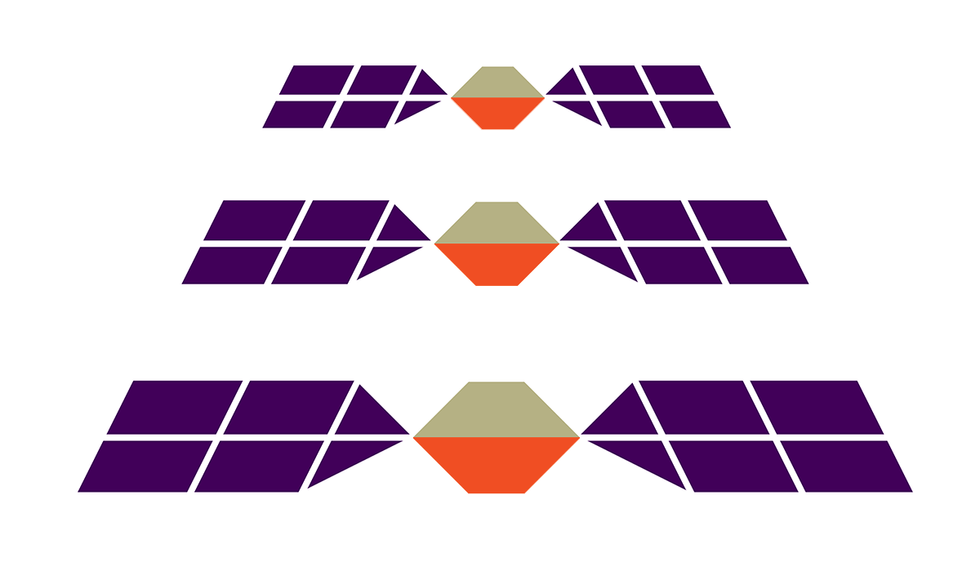
Compared to Starlink's sky-cluttering swarms of tiny satellites, San Francisco-based Astranis's plans may seem old school. It aims to launch a humdrum, lone geostationary satellite. But this satellite is the first of a new breed, dubbed microGEO. It's about one-twentieth the size of the minibus-scale geostationary satellites already in orbit, allowing for cheap and quick deployment. This first microGEO will launch in early 2023, and start providing service to Alaska, tripling the state's satellite bandwidth while cutting its cost. That same year, the company plans to launch four more microGEOs. One will provide Internet to rural Peru, two will service airplanes and cruise liners, and the final satellite's use is yet to be disclosed.
Hurricane-Model Overhaul
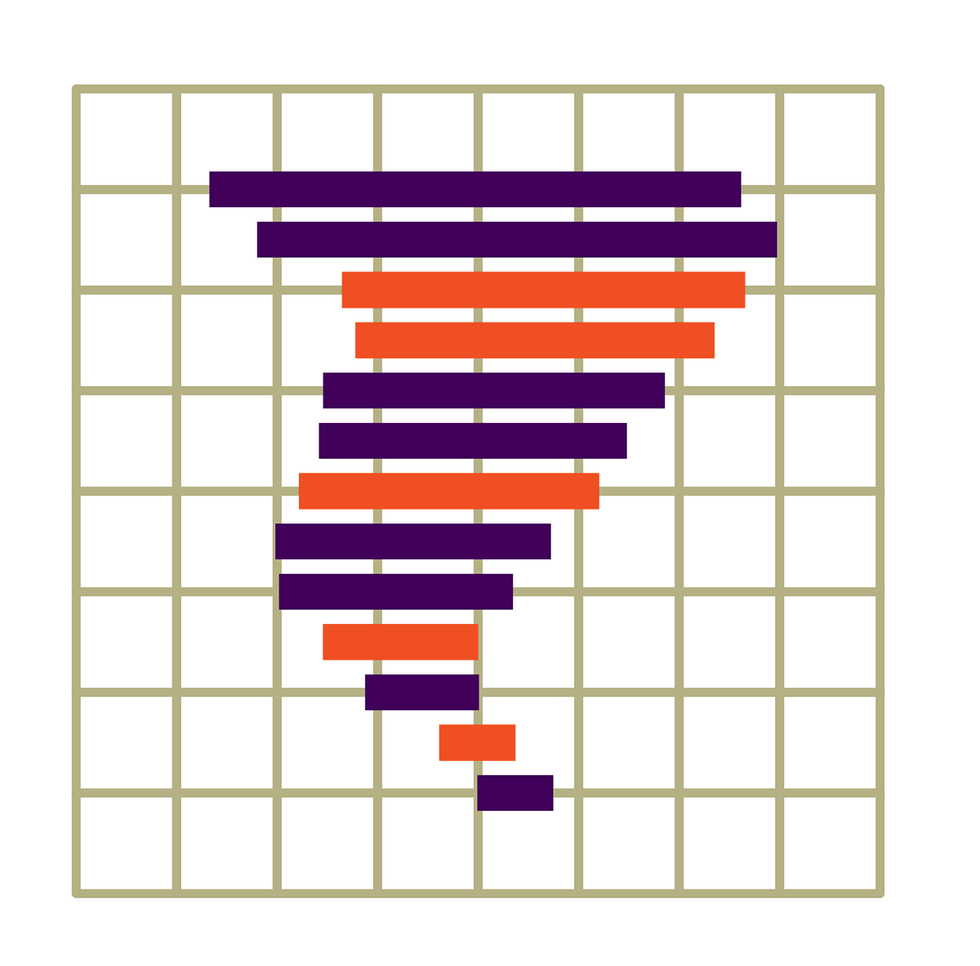
U.S. hurricane tracking and prediction models will get a much needed upgrade ahead of the 2023 season. The U.S. model has been lagging in accuracy behind Europe's version, a problem that first became evident during Hurricane Sandy in 2012. Now, the U.S. National Oceanic and Atmospheric Administration has put a new set of supercomputers into operation to power the next generation of modeling. The improvements will include higher resolution, more realistic physics to represent clouds and precipitation, a larger number of simulations, and more effective use of observational data.
China's Big Hydro Plans

China is in the midst of a gigantic buildup of hydro-energy capabilities. The world's largest pumped-energy-storage station-a technique that stores energy by pumping it uphill to a reservoir-is set to complete phase two of its construction in 2023. The station, called Fengning and located about 200 kilometers north of Beijing, will store up to 40 gigawatt-hours of energy, and help keep the grid on clean energy when the wind isn't blowing or the sun's not shining. Separately, the Lianghekou hydropower station in Tibet is also set to come fully online in 2023, and is expected to generate a whopping 11 terawatt-hours of electricity annually (roughly the energy consumption of Lithuania). These massive construction projects are intended to help China meet its goal of going carbon neutral by 2060.
Prize Fight for Rain-Forest Tech
In the Spring of 2023, Singapore will welcome 15 teams to the jungle for the semifinals of the XPrize Rainforest competition. The semifinalists, hailing from all over the world, will show off their biodiversity-testing tech in the hopes of making the cut to the finals, set for 2024. Judges will be looking for a process for improving autonomous operations, new detection methodologies, and methods for rapid data integration that provide unprecedented levels of detail in real time." The competition kicked off in 2019, and XPrize's net investment is US $10 million. XPrize is hoping that the incentive and competitive spirit will help save the rain forests.
Modular Nuclear Power is Nucleating
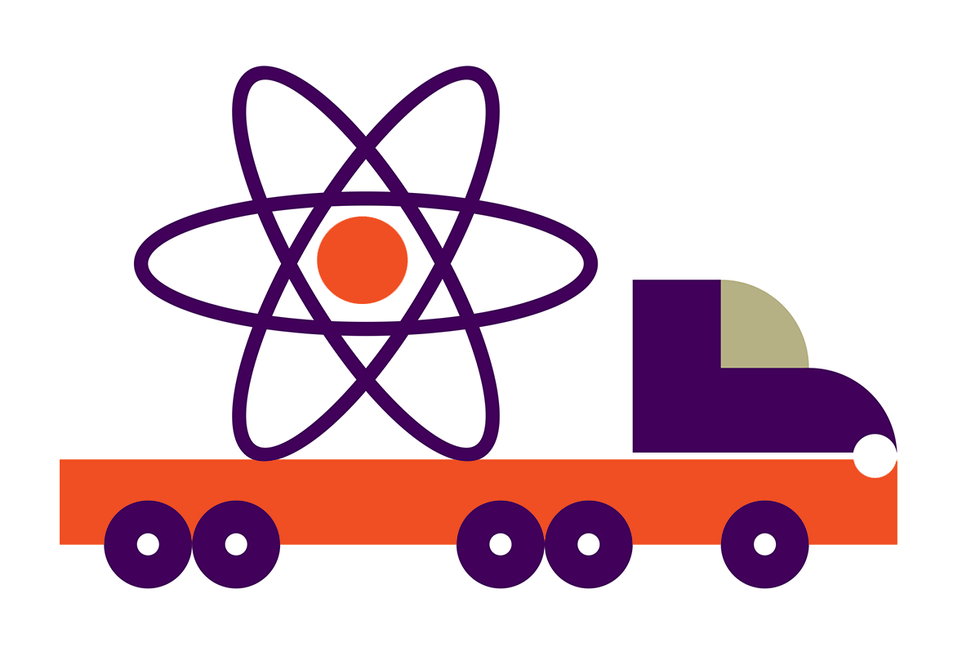
Korean manufacturer Doosan is set to start producing components of what could be the world's first modular nuclear power plant, in late 2023. The components are for startup NuScale, whose design promises to drastically reduce cost and installation time. Unlike today's power plants, which are constructed completely on-site, these reactors can be mass-produced in a factory and shipped to power stations worldwide. Each houses between 4 and 12 self-contained reactor modules depending on local needs. The first power plant using NuScale's technology is set to start generating electricity in 2029 at the Idaho National Laboratory, as part of the Carbon Free Power Project.
Out With Red Tape, In With the Fiber

Germany aims to triple the amount of fiber cable installed by the end of 2025, in an effort called Gigabitstrategie. One of the strategies the German government will use to accomplish this ambitious goal is to clear some of the red tape around fiber projects by the end of 2022. It plans to centralize the project-approval process, currently seen as a municipality-dependent bureaucratic nightmare, clearing the way for a massive ramp-up in construction in early 2023. The government also plans to use the innovative microtrenching technique to lay down fiber in narrow 5-centimeter-wide channels dug by the side of the road without interrupting traffic.
United States' Wind on the Wire
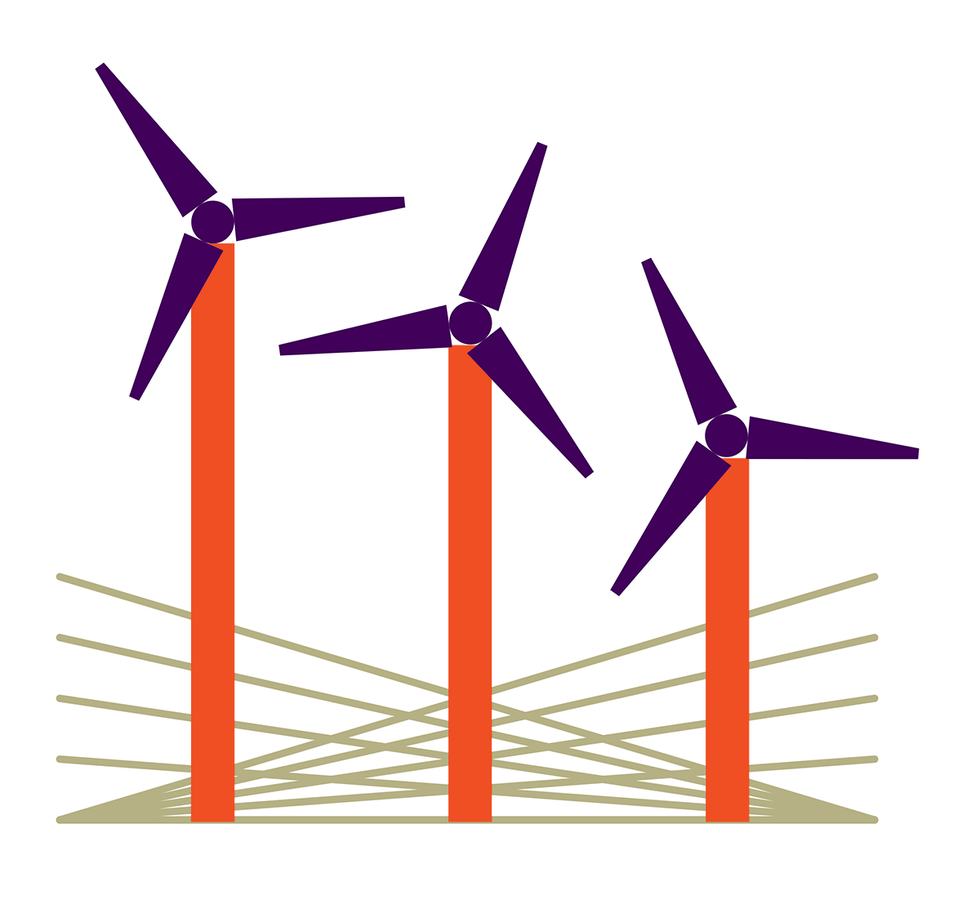
The largest renewable-energy infrastructure project in U.S. history- an $8 billion wind farm and transmission line-is set to begin construction in 2023. San Francisco-based Pattern Energy took over the projects, called SunZia Wind and SunZia Transmission, from Southwestern Power Group in July 2022. The wind part of the project plans a total of 3,000 megawatts from wind farms it will build in three counties in New Mexico. An 885-kilometer bidirectional high-voltage direct-current transmission line will run from New Mexico and south-central Arizona. The transmission line will sidestep the growing difficulties of connecting renewable-energy sources to the power grid.
NASCAR May Lean Electric

According to documents leaked earlier this year, auto-racing giant NASCAR plans to debut a prototype electric vehicle (EV) ahead of its season-opening race in February 2023. This prototype, the documents suggest, will then be used in an EV racing series later in the year. The series would consist of two races lasting 30 minutes apiece, with no battery swaps or charging allowed. This information, although unconfirmed, would be in line with NASCAR's previously stated plans to test out opportunities in the EV space. Amidst much pressure to move toward electric, NASCAR maintains that entertainment value for its fans is the top priority.
One charger to rule them all

The European Union has adopted a directive that mandates a range of devices charge using USB-C ports. Apple, with its unique lightning port, will be no exception: iPhones, iPads, and other small devices will be forced to migrate to USB-C by 2024. Laptops will have to follow sometime in 2026. This law is the first of its kind anywhere in the world. It's meant to improve convenience for the consumer, as well as cut down on electronics waste generated by different chargers, which is currently responsible for an estimated 11,000 tonnes per year. Several U.S. senators have pushed for similar legislation, so far to no avail.
The French Nuke Up

Over a decade behind schedule and billions of dollars over budget, France's next-generation nuclear reactor in Flamanville is finally expected to get fueled up in early 2024. The plant will be only the world's fourth EPR reactor-a third-generation pressurized water design that's meant to be safer and more efficient than its predecessors. The project has been plagued by safety concerns, engineering missteps, and most recently pandemic supply chain issues. But now, Electricite de France (EDF) says they are in the final stretch. The plant could not come too soon to help decrease Europe's reliance on Russian oil and gas.